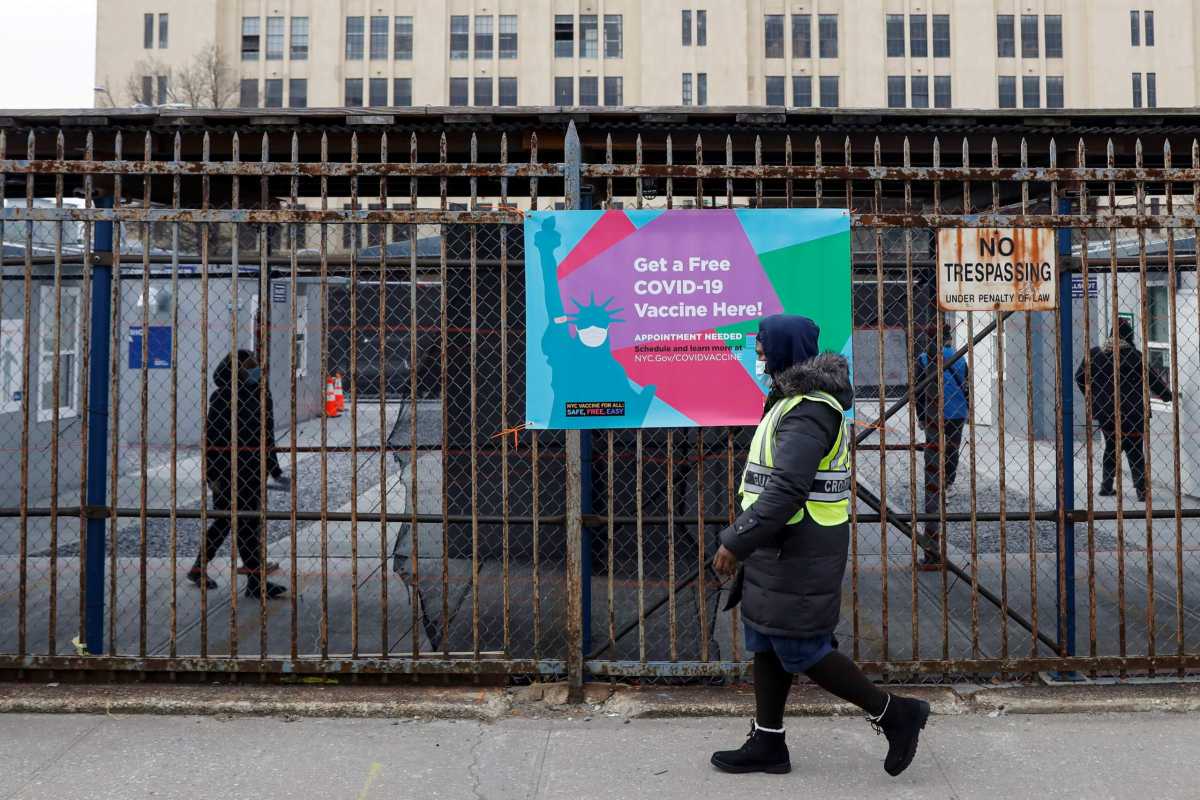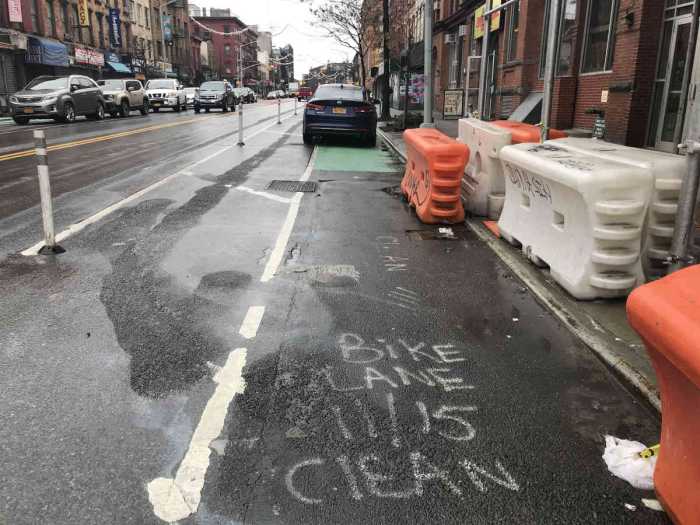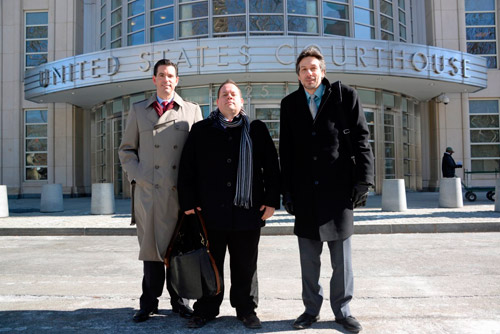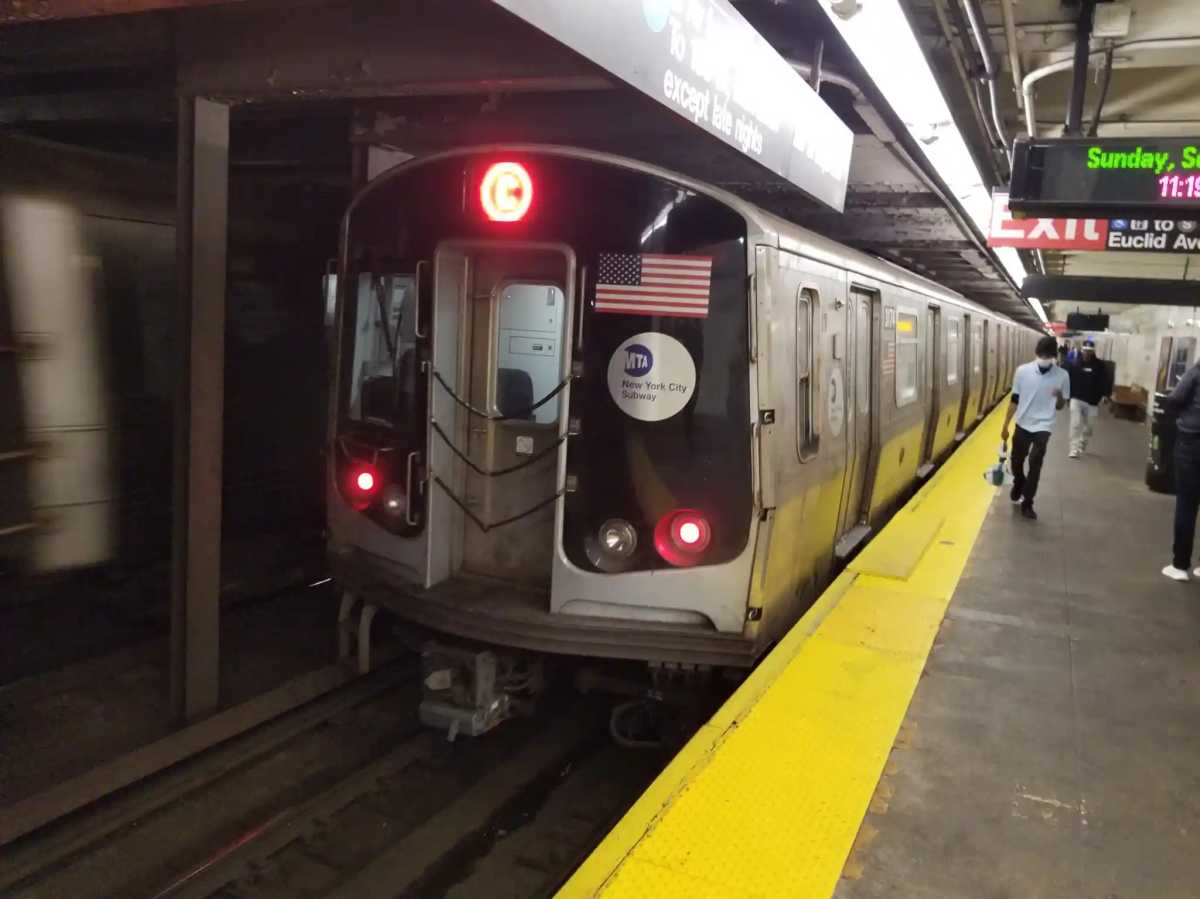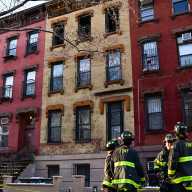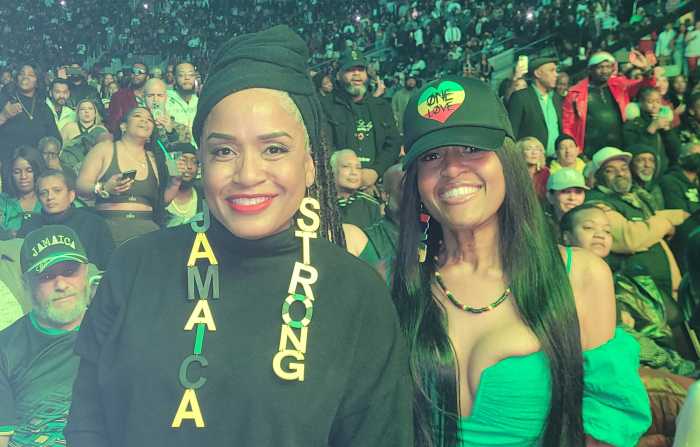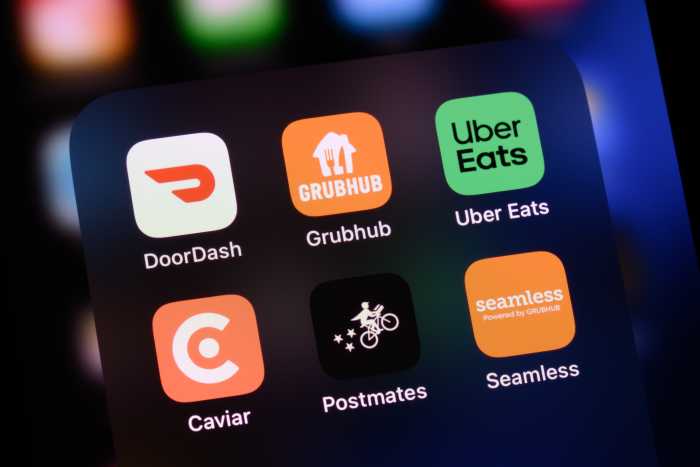Officials say that a post-holiday surge of COVID-19 cases appears to be moderating across the Empire State, including in Brooklyn, where the test positivity rate sits at 4.2 percent.
Kings County reported 1,543 new cases of the novel coronavirus on Jan. 15, when the most recent data is available — marking a slight dip from the previous day, when health officials reported 1,631 cases.
Gov. Andrew Cuomo sounded confident during a Jan. 18 press briefing when he pointed out that positivity rates were stabilizing all across New York, with some regions dropping faster than others.
“They all went up, and they’re all coming down, some at a faster rate,” he said.
The death rate in Brooklyn remains steady, with Kings County’s seven-day average for deaths at 16 on Jan. 14 and 17 on Jan. 15.
And, Cuomo warned, the faltering holiday surge pales in comparison to what the state could experience given the new, more contagious COVID-19 strains are wreaking around the globe, including the so-called United Kingdom variant and South Africa and Brazil variants.
“People started to call the holiday surge the second wave. It was a second surge, it wasn’t a second wave,” the governor said. “A second wave would be a new strain being introduced, that’s what happened in 1918.”
As of Monday, health officials documented 18 cases of the United Kingdom strain in New York, including most recently in Westchester County. Centers for Disease Control and Prevention model has predicted that the more contagious strain could be the dominant form of COVID-19 in the United States by March.
In the meantime, New York officials are attempting to ramp up vaccinations with moderate success but plenty of roadblocks. The state has passed the 1 million mark for doses administered — with the five boroughs seeing 443,776 doses as of Monday.
New York City, however, is close to running out of supply — with just over 356,000 doses on hand — and some medical facilities have been slow to inoculate their staff, Cuomo said.
In response to the hold up, the state will allocate fewer vaccines to facilities that have been slow to use their supplies, and more to those that have vaccinated quickly, the governor said.
“We want to make sure that faster facilities — the higher-performing facilities — get more of the new allocation because we want it out the door, we don’t want it sitting on the shelf,” he said.


